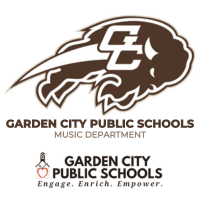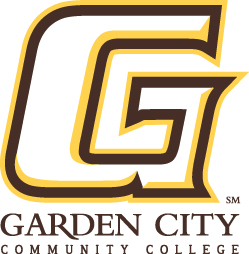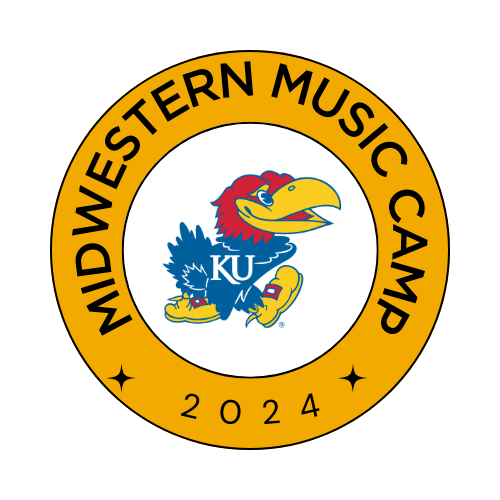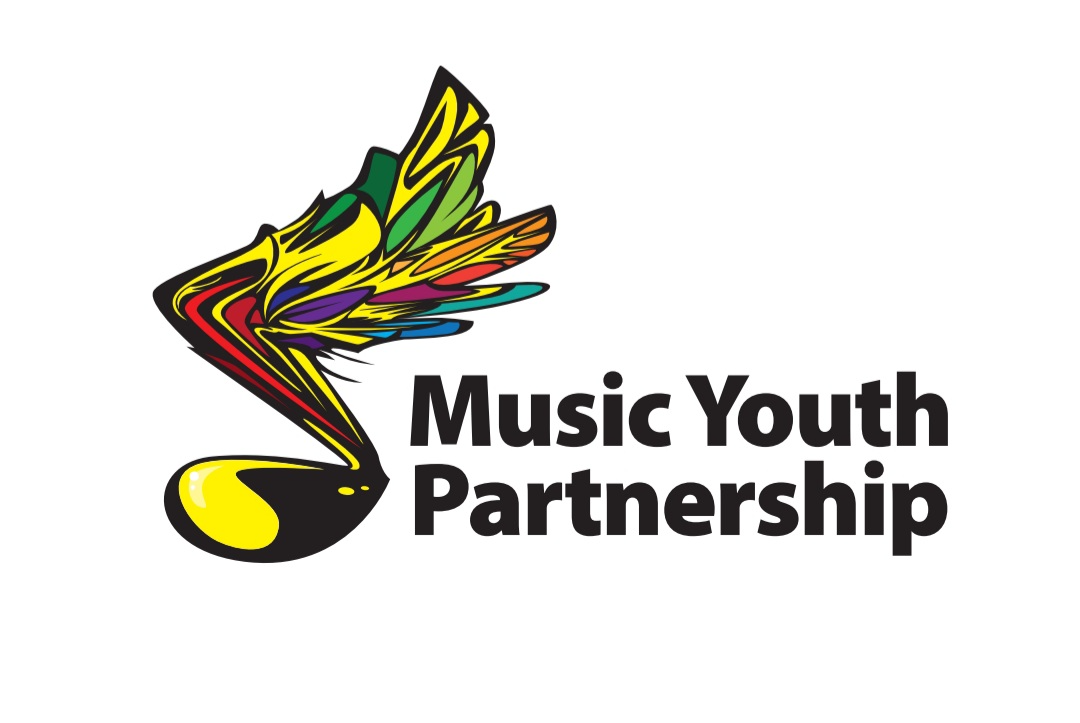
Music teachers seldom anticipate the opportunities that may come through students. Harnessing the passion and enthusiasm of our collegiate students to the experience and resources of our practicing music educators can produce expanded musical opportunities for disadvantaged students. The combined forces of one student and one music educator resulted in summer camps and after school programs for local students in a high poverty area. Putting more music teacher candidates together with experienced practitioners can help bridge the gaps in music education resulting from shrinking school budgets.
The Artist Mentoring Program
It all started four and a half years ago when a young blonde Freshman walked into my office at Pacific Lutheran University, introduced himself and said, “I have two passions: business and music. I’m looking for a way to combine them, and Dr. Powell said I should talk to you.” In that conversation with Nicholaus Townsend-Falck, the Artist Mentoring Program (AMP) was born. AMP is a non-profit organization that provides music instruction for at-risk children and youth. It is loosely based on the El Sistema program in Venezuela.
El Sistema is a 30-year old program founded by Dr. Jose Antonio Abreu, as a means of giving children of poverty hope, and the executive function skills that could help them succeed in whatever path they chose in life. At this writing, many gifted musicians have come from that program, arguably the most famous of which is Gustavo Dudamel, the conductor of the Los Angeles Philharmonic Orchestra. In Venezuela, the government gives significant support to this program. Now there are similar programs in many countries of the world, including the United States. AMP is loosely modeled on the founding principles of El Sistema but unlike its Venezuelan model, does not receive support from the government.
If AMP was going to provide some kind of music instruction, what would that encompass? Where would the money come from? What kind of organization would we build? The first year, I provided Nic with information about at-risk students, the El Sistema program, and curriculum ideas that became a business plan. He entered his plan in a School of Business contest and won third place. That came with a stipend of $2500, and AMP suddenly had an operating budget.
We decided to start our program by offering a one-week summer day camp. It was already mid-April and time was short, so we quickly crafted an application form and took it to a local middle school. There we met with the principal and the band teacher to promote our camp. We recruited music education students to serve as the teachers in our camp, and secured space at a church that was near the middle school so students could walk to camp if needed. Because of the short timeline, and because we were an unknown entity, we only had 7 campers that first year. In that one week, Nic and I learned a lot about running a camp, music education students learned a lot about teaching, and campers had a lot of fun making music with everything from glass bottles to recorders!
The second year, I nominated Nic for another award from the University, and he won. Again, we had the beginnings of our operating budget, but it wasn’t enough. We wanted to expand to two weeks of summer camp. We solicited donations from family and friends, and from local businesses. We used musical resources that were already in my personal library to save money. We looked for grocery store and restaurant bargains to provide snacks and lunches. We had 14 campers, and best of all, some of the first year campers came back for more. Music education students taught for us again, and participated in curriculum design, making teaching materials, and choosing music.
The third year, the program took a big leap of faith. In the fall, we began an after-school program at a nearby elementary school two days a week. Unlike the El Sistema program, which focuses on strings, we took a general music approach—primarily because we couldn’t afford to provide the stringed instruments. This program proved to be a big challenge because most music education students were involved in a variety of ensembles at the university during the time we held the after school program and were unavailable to teach. We had to find willing music students who were in an ensemble that met at a different time. The first year, we struggled to staff our classes but we performed a Christmas program and a spring program, to the delight of the proud parents who attended and our own families who cheered us on.
Summer camp that year was a three-week affair, and we introduced strings as a part of the musical offerings. Local music stores loaned instruments and we began with violins and cellos. We were delighted with the musical accomplishments of our campers, who presented a final concert that made us all proud.
In the fourth academic year, we continued the after-school program. Staffing worked out a little better because we knew better where to recruit music education students whose schedules could work with the program. We tackled more ambitious music, and even took some of our students out caroling in the community at Christmas time. We again offered Christmas and spring concerts to larger audiences who were very enthusiastic about our program.
In the summer, camp expanded to four weeks, and for the first time, we offered a one-week general music based camp for elementary students and a four-week camp with strings for middle school students. This time students could choose violin, viola, cello or bass as the focus of their study. At the end of camp, students presented an hour long concert that included choral pieces, string orchestra pieces, and handchime music. The church where we held camp announced the concert to their congregation, and as a result, our audience included not only parents and family, but community members who came to support our students. Their presence allowed students to share their love of music and the results of their month-long work with an audience they did not know. Parents provided refreshments for a reception after the concert. What a celebration–and what a contrast to our first year!
Now Nic has graduated, and is a young professional. Is he leaving AMP behind with his college studies? Not at all! This year (its fifth) the program is expanding again. We found our elementary students were disappointed that they had to leave the after-school program when they moved from elementary to middle school. We also learned how much students loved the summer string program. So Nic went back to the local music stores and worked with them to see how we could begin an after-school string program at the same middle school where we recruited our very first summer campers. Beginning in October, we offered places for 30 students to participate in an after-school string program two days per week. This is particularly significant in our community because the local school district does not offer an orchestra program at any level, so we will be helping to fill a gap in the musical offerings of our neighborhood schools.
To sustain this growing program, more development of infrastructure is in the works. We are moving toward a working Board of Directors that, although currently small, is growing in number. New fund raising efforts have been implemented on a more regular basis. We continue to apply for grants and look for new people to join us in this work. It is a work of passion—for kids, for teaching and learning, and for music. It is also a commitment to our community, to provide opportunities for students who might not otherwise be able to participate in music instruction.
The importance of this program and many similar programs throughout the United States and around the world should not be underestimated. Research in musical neuroscience and cognition is a relatively new field, and researchers are cautious in discussing music and causation in various areas of academic achievement. There is, however a mounting body of evidence that definitely shows correlation between the study of music and academic achievement, even if the exact mechanism of causation is not yet clear.
Music and Achievement in Disadvantaged Students
The National Endowment for the Arts (NEA) in 2012 released a document examining findings from four longitudinal studies of the effects of arts involvement for students from lower socioeconomic status (SES) backgrounds. The rationale was that they looked specifically at low-SES students who were more likely not to have the opportunities to study music that are often provided in higher-income higher-educated families because they were more likely to realize a significant benefit. They found that 71% of low-SES students with arts-rich experiences attended some kind of post-secondary education compared to only 48% of students with low arts involvement. The results also showed higher academic achievement in such areas as grade point average (GPA), higher levels of study in mathematics and science and higher grades in those content areas. Graduation rates were higher for students with high-arts engagement and they were more likely to belong to academic honor societies.
A 2014 study from Northwestern University examined the influence of after-school music education on the brains of disadvantaged children. They found that music instruction helped students develop language and reading skills, and appeared to make the brain more efficient. However, the effect was only significant after two years of study. The implication is that music study is important for children on a continuing basis. The researchers concluded that it appears music is an effective strategy for helping to close the achievement gap (Klein, pg. 4).
Music has been correlated to academic achievement in other areas such as mathematics. In a meta-analysis of 20 studies, a correlation was found between the voluntary study of music and mathematics achievement (Vaughan, pg. 149). In another study, middle school students in grades 6, 7, and 8 found a positive correlation between students who studied music and their achievement in mathematics. Particularly when students participated in music for three years or more, there was a significant increase in mathematics scores (Boyd, pg. 97). Cheek and Smith, in the journal Adolescence, report that eighth grade students who received music instruction for two or more years performed significantly better on the composite mathematics portion of the Iowa Test of Basic Skills (ITBS) (Cheek and Smith, pg. 1).
In recent years there has been increased discussion of executive function skills. Executive function is defined as cognitive mechanisms in the brain responsible for processing and retaining information, decision making, problem solving, regulating behaviors and planning and adjusting to changing mental demands (flexibility). These skills are considered essential to success in life regardless of the chosen field of endeavor.
Children living in poverty may lack these skills due to the influence of their environments. Poor children are disproportionately exposed to adverse social and physical environments. Their homes are more likely than middle class children to have safety hazards, overcrowding, and lack of access to places to safely play. Poor children have fewer supportive networks, a more chaotic home life, fewer books at home, fewer visits to the library, and less access to other forms of experience and enrichment such as visits to museums (Jensen, pg. 8). For these children, schools are critical in helping them develop the executive function skills they need to succeed in the workplace and in life.
Nadine Gaab, the principal investigator at the Laboratories of Cognitive Neuroscience at Boston Children’s Hospital, says studies have shown that children and adults with musical training have heightened skills in executive functioning (Eide, pg. 2). The areas of cognitive flexibility, working memory, and processing speed were particularly notable, and may explain the link to academic achievement. Gaab states, “The most important part of the study is that it showed that musicians, both children and adults, had better executive functioning skills than non-musicians, and that the brain of the child with musical training showed more activation and looked more mature in terms of executive functioning networks” (Anderson, pg. 1).
Laurel Trainor, director of the Institute for Music and the Mind at McMaster University in West Hamilton, Ontario, and her colleagues compared preschool children who had taken music lessons with those who did not. Her study found that even a year or two of music training leads to enhanced levels of memory and attention, causing them to hypothesize that the motor and listening skills needed to play an instrument in concert with other people appears to heavily involved attention, memory, and the ability to inhibit actions. These are components of the executive function skills.
Eric Jensen, who translates brain research into everyday language, connects music to various skills and attributes in his latest book, Teaching with Poverty in Mind. He states that music training enhances discipline, brain function, and verbal memory (Chan, Ho & Cheung, 1998 in Jensen pg. 57). The study of music has also been correlated with improved performance in several aspects of geometry (Spelke, 2008 in Jensen, pg. 57). When studying music, students practice focused attention, resulting in enhanced memory (Jonides, 2008 in Jensen pg. 57). Music study enhances students’ long-term will and effort through the time and persistence it takes to achieve proficiency, which in turn correlates strongly with good grades in school. Playing music may cause changes in several sensory, motor and high-order association areas of the brain that can result in improved attention, sequencing, and processing (Stewart, 2008 in Jensen pg. 47).
Music has also been linked to increased school attendance. Improved attendance is correlated with increased academic achievement. In a study examining graduation rates and attendance across the United States, attendance rates at schools with music programs was 93.3%, compared to 84.9% in schools with no programs (Music Makes the Grade, 2006). As Eric Jensen puts it, “School can help turn children’s lives around, but only if the children show up (Jensen, pg. 10).”
The NEA report looked at other factors than academic achievement: civic engagement and entry into jobs in the professions. The high-arts group commonly found jobs in teaching, executive and administrative jobs, and health care technical support work such as radiology. High-arts students participated more in school government and service clubs and after graduation they did more volunteer work and were more likely to vote or participate in a political campaign. They were more likely to use their public library and to read books. In conclusion, the report stated that low SES students “do better on a host of academic and civic behavioral measures than do at-risk youth who lack deep arts backgrounds” (Catterall, et al. pg. 24).
Given the many facets of life success that can be positively influenced by music training, it is apparent that Nic is on the right track. The musical experiences provided by AMP have the potential to help these students develop executive function skills, and to experience increased success in school and beyond as a result. My partnership with Nic has been rich and rewarding in particular through having the opportunity to see firsthand the achievement and the joy of the children who participate. I share Nic’s passion for this work—a passion for music, for children, and for teaching and learning. We hope others will join us in this work so we can be even stronger together. We know this passion is shared by many music educators and their students, and eloquently expressed by Rocco Landesman, the Chairman of the National Endowment for the Arts:
… as a non-researcher, I have no hesitation about drawing my own conclusions. I firmly believe that when a school delivers the complete education to which every child is entitled—an education that very much includes the arts—the whole child blossoms. I believe that the only outcomes we should need to measure for a music class is whether the child had the chance to create, enjoy, and understand music. But as the arts are forced to compete for scarce resources, there is no harm in pointing out once again that an investment in the arts will pay extensive dividends. (Arts and Achievement 2012, pg.i ).
When the energy and passion of our students can be combined with the experience, connections and resources of practicing music educators, more musical opportunities can be created for children—in spite of budgets, schedules, and circumstances. Then we can truly be stronger together through music.
References
Anderson, P. (2014). More evidence Musical Training may Boost Executive Function. Medscape, 06-20-14. Retrieved 3-3-17 from http://www.medscape.com/viewarticle/827116
Boyd, J. (2013). The relationship between music participation and mathematics achievement in middle school students. Unpublished doctoral dissertation, Liberty University.
Catterall, J., Dumais, S., Hampden-Thompson, G. (2012). The arts and achievement in at-risk youth: Findings from four longitudinal studies. National Endowment for the Arts, Washington, D.C.
Cheek, J. and Smith, L. (1999). Music training and mathematics achievement, Adolescence, 34 (136): 759-61.
Jensen, E. (2000). Music with the brain in mind. The Brain Store, San Diego, CA.
Klein, R. (2014). Study: Music education could help close the achievement gap between poor and affluent students. The Huffington Post, 9-02-14. Retrieved 1-15-17 from http://www.huffingtonpost.com/2014/09/02/harmony-project-music study_n_5755448.html
Slater, J., Skoe, E., Strait, D., O’Connell, S. Thompson, E., and Kraus, N. (2015). Music training improves speech-in-noise perception: Longitudinal evidence from a community-based music program. Behavioural Brain Research, 291 , 244-252.
Vaughan, K. (2000). Music and mathematics: Modest support for the oft-claimed relationship. Journal of Aesthetic Education, (34) 4, pg. 149-166.
Whiteman, H. (2014). Musical training ‘improves brain function.’ Medical News Today, retrieved 1-10-17 from http://www.medicalnewstoday.com/articles/278469.php























